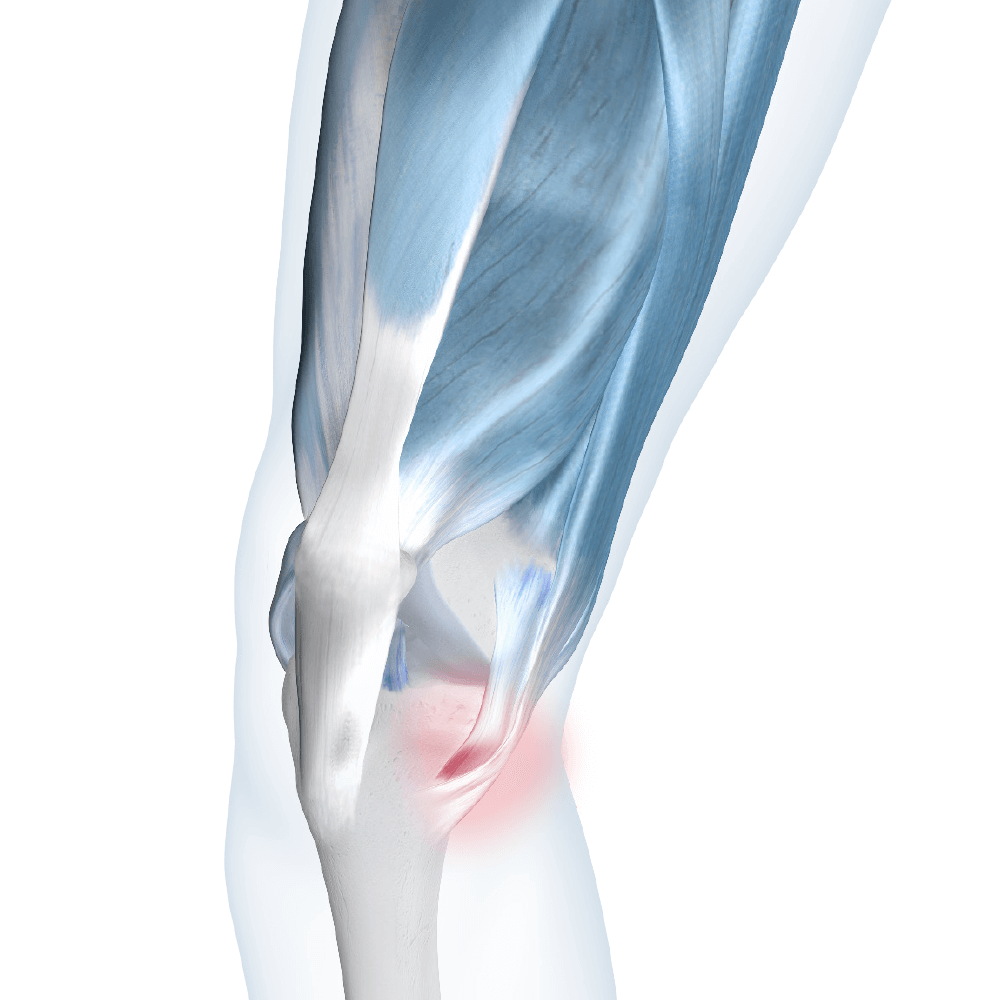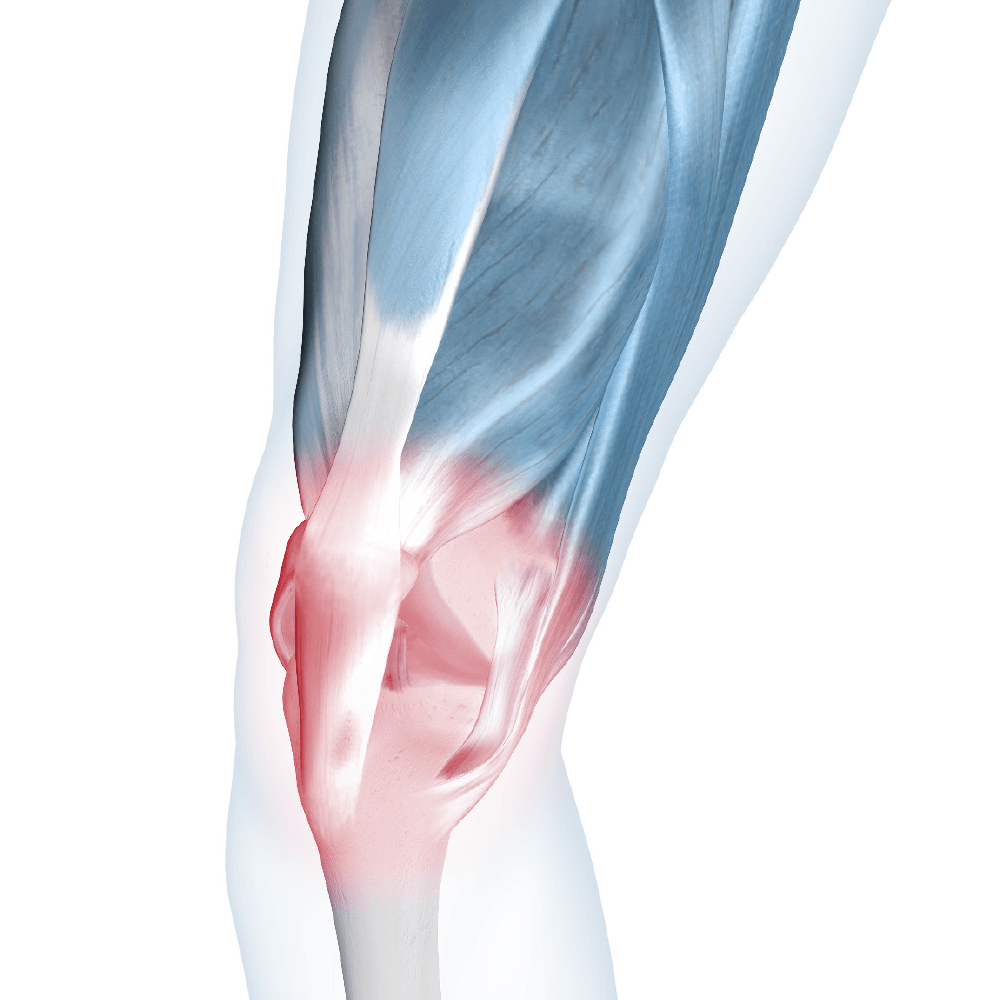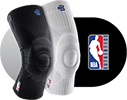Running is your life and nothing can stop you, but suddenly your knee hurts! According to researchers, 35-45% of runners are injured every year. Whether the pain occurs during the run or after – listen to your body and figure out the cause.
Pain in the knee - what’s going on?
Have you already been diagnosed or figured out the source of your knee pain? This section will provide you with comprehensive information about the most common knee problems in runners:
Runner's Knee
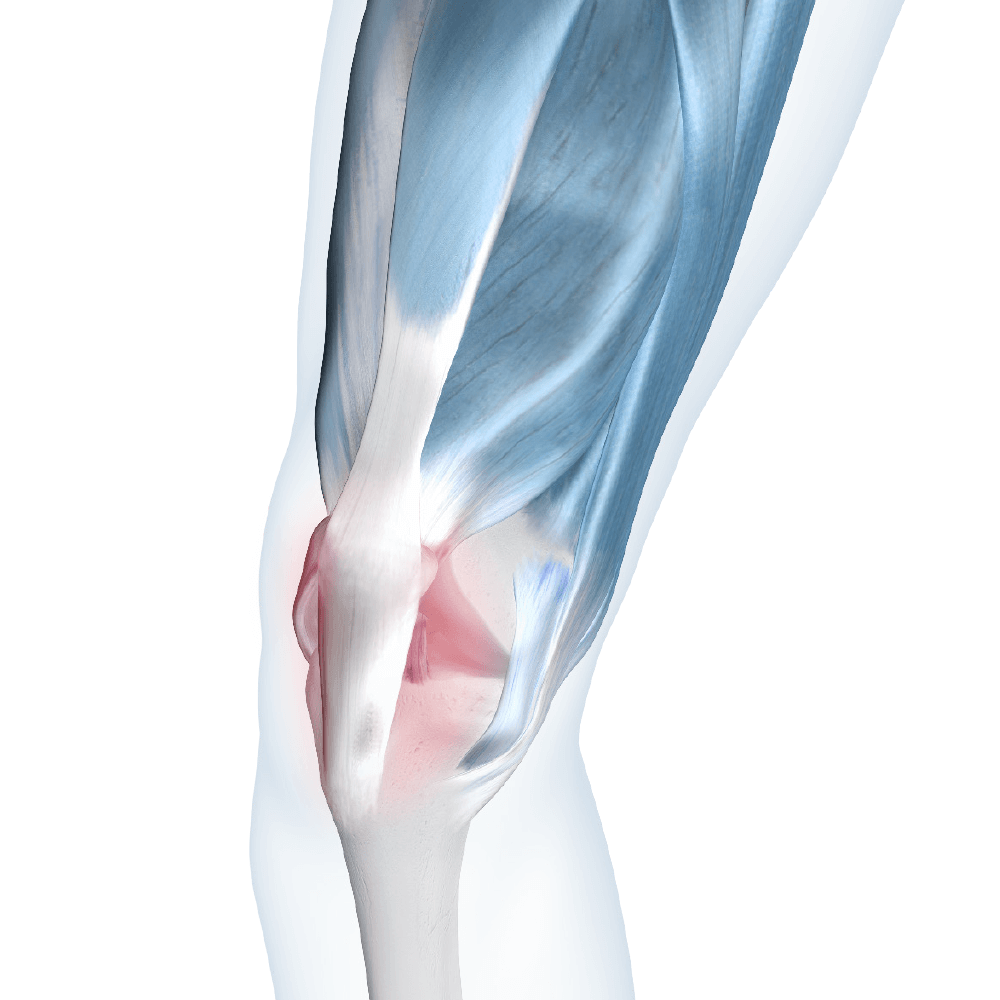
Runner’s Knee is one of the most common issues among runners. Find out more about symptoms, causes and treatment options.
LEARN MOREPatellar Tendonitis
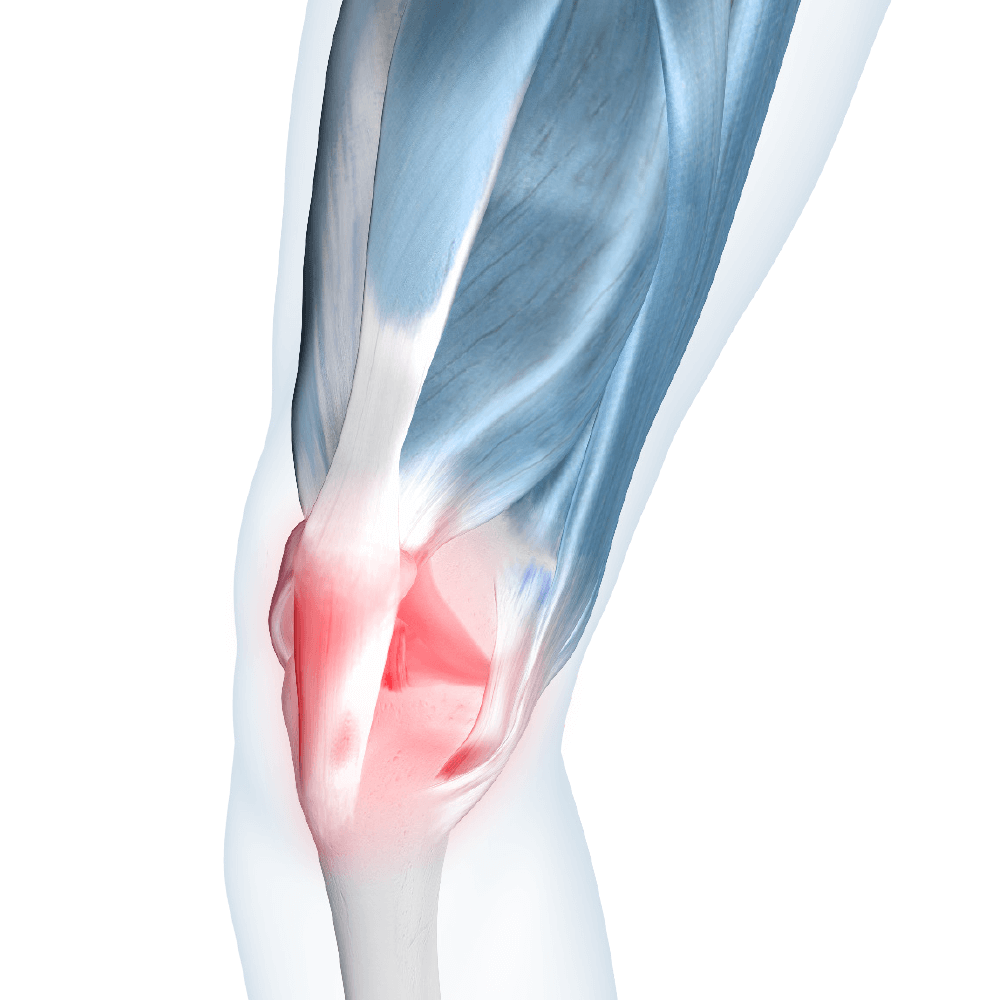
Pain in the front of the knee often indicates patellar tendonitis. Learn more about how it develops and what to keep in mind.
LEARN MORE
“To improve your running performance and to beat your personal limits, you need a regular training plan with different intensities. Never forget that recovery in between sessions is just as important as the training itself. The training is always destruction; you will only improve with recovery. This way, you give power back to your muscles and prevent injury.”
Anna and Lisa Hahner, Marathon twins
Knee pain from running – what to do?
If running is causing your knees to hurt, two things can help in the beginning: rest and ice. Try to locate the pain and cool the surrounding tissue with ice or a cold pack. It’s best to wrap it in a towel so the tissue isn’t damaged by the cold. Don’t ice your knee for too long; several times a day for a maximum of 20 minutes is best. Elevate your knee, if possible, and protect it from strain. Sports supports and straps can also help by stabilizing your knee and stimulating metabolism. If the pain persists, remains the same after an initial improvement or worsens, see a doctor to find the cause.
Why does my knee hurt when I run?
There are several factors outside of sports injuries that can contribute to knee pain. You can influence some of these yourself. Others may require help. The main “problem areas” include:
Your training
Do you feel that your current PR is merely a snapshot and you can do better? Absolutely! But be careful, don’t train too much or too hard. Your body can only improve a little bit at a time. You can prevent excessive strain by adjusting your training plan gradually and taking appropriate breaks. For healthy athletes, an increase in 10% training each week is the golden rule. Most importantly: listen to your body and take warning signals seriously! Your muscles, tendons and ligaments will thank you.
Finding a balance
You just want to be running, ideally all the time – we can understand that. However, two other factors are just as important: stretching and muscle development. Even if they seem tedious at times, both should be part of your routine. Stretching is essential to prevent injuries because stiff calf and thigh muscles exert pressure on the knees, which may cause pain. You can ensure better protection against injuries (and improved performance) by training the muscles at the front and back of the thighs. For the right balance, don’t forget to incorporate rest days in your training plan so your body can recover.
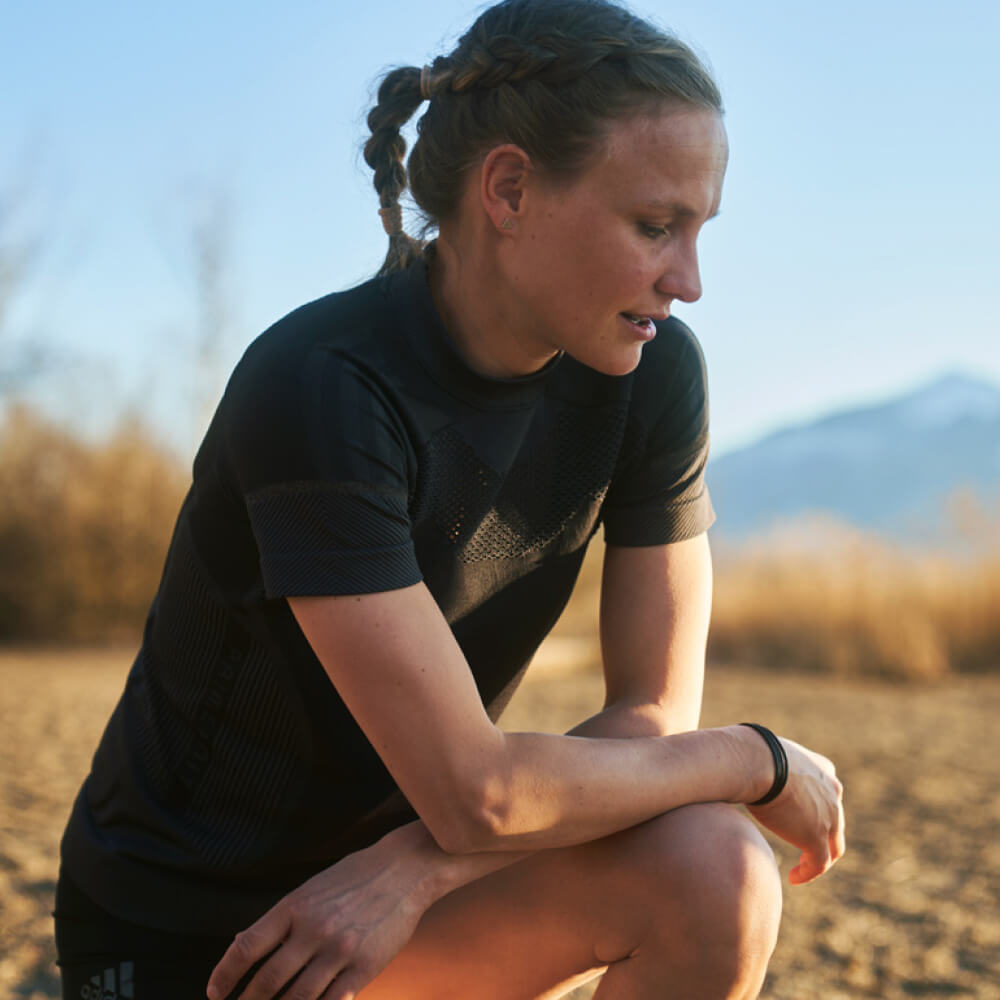
Your shoes
As an experienced runner, you know how important decent running shoes are. If they don’t fit properly or don’t perfectly support your personal anatomy, knee problems will be inevitable. For the perfect fit do a gait analysis at your local running store and replaced your shoes after 1000 kilometers. However, take these specifications with a pinch of salt. Running style, model and terrain are just some of the factors that influence the durability of your shoes. Check your shoes regularly if they are still doing their job.

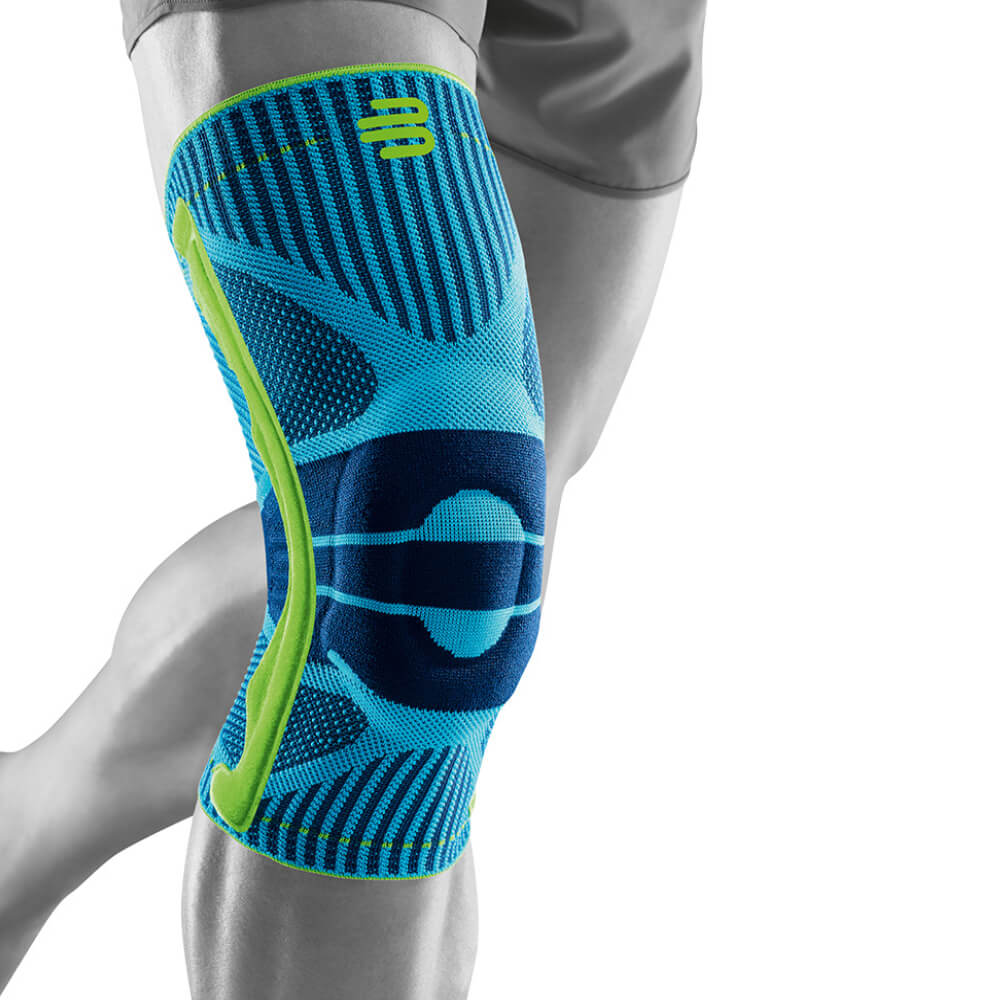
Sports Knee Support
Our best knee support for use during exercise to effectively reduce pain in cases of runner’s knee or pes anserine bursitis.
LEARN MORE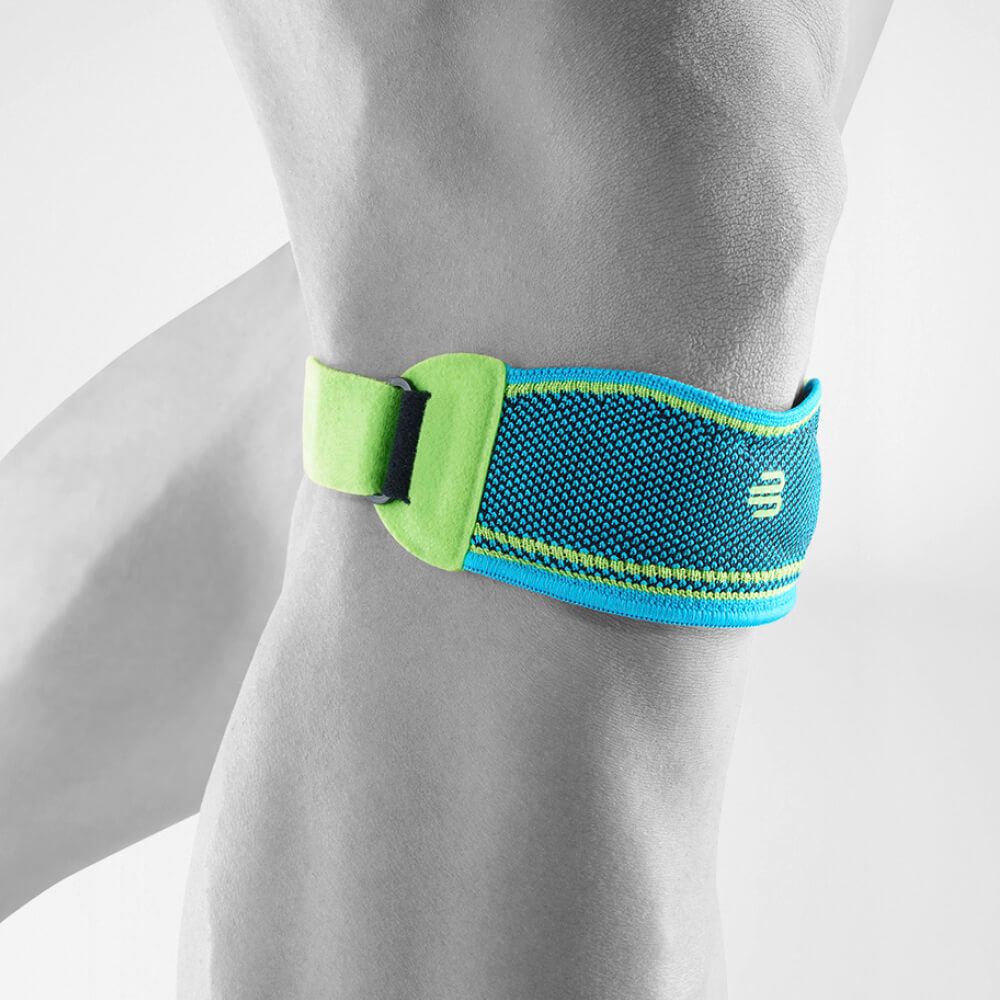
Sports Knee Strap
Small but impressive! This patellar tendon support provides targeted pain relief for the front of the knee.
LEARN MORE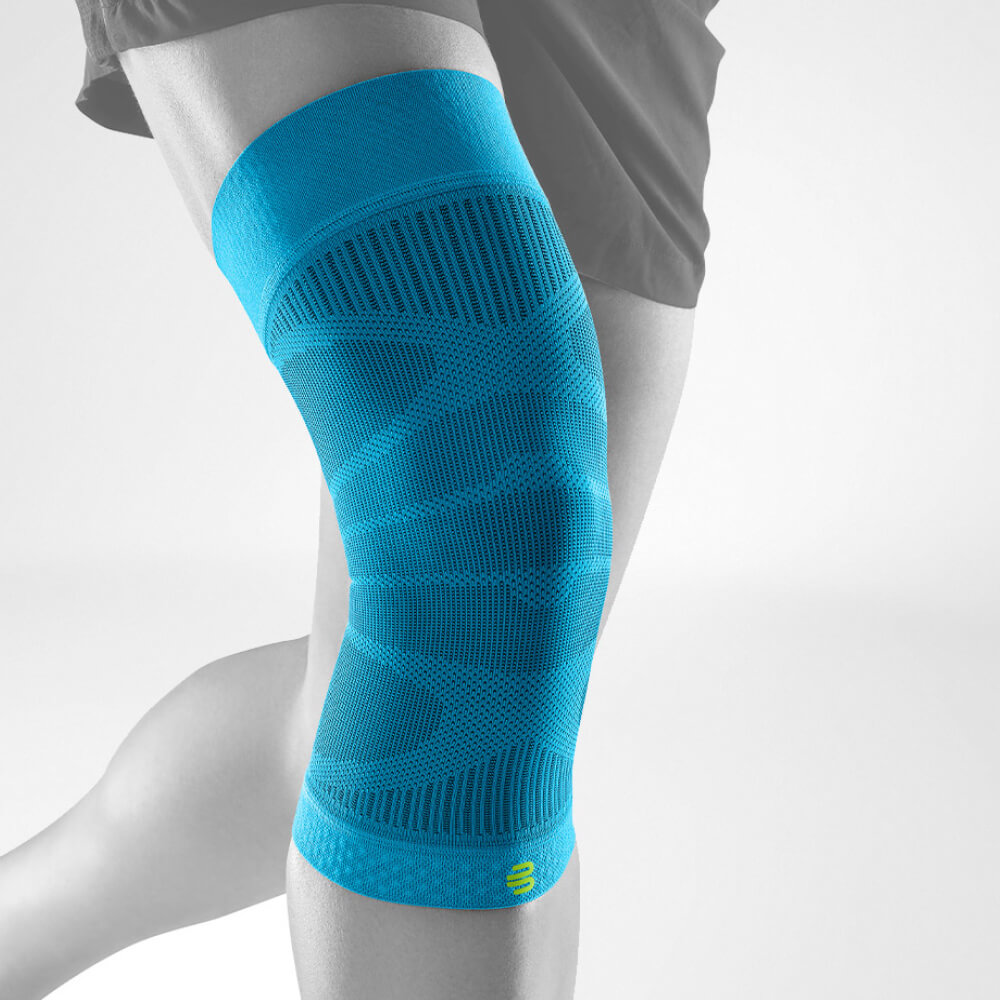
Sports Compression Knee Support
Due to targeted compression, our introductory support improves depth perception of the knee and reduces the risk of injury.
LEARN MORE
